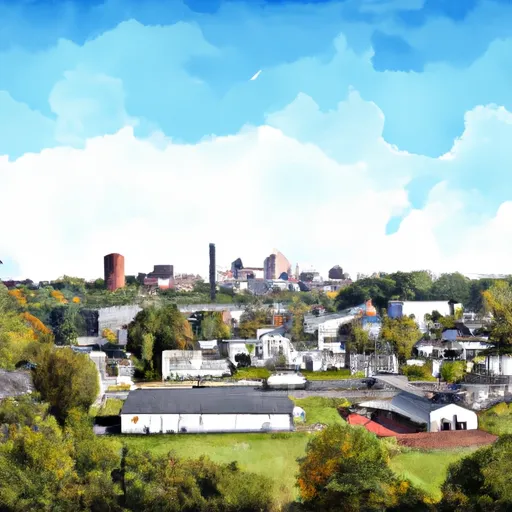°F
°F
mph
Windspeed
%
Humidity











Sarahsville, Ohio, located in Noble County, is a small town that experiences a temperate climate. Summers are warm with average temperatures ranging from the mid-70s to the mid-80s (°F), while winters are cold with temperatures averaging in the 20s and 30s (°F). The region receives an average precipitation of around 40 inches per year, evenly distributed throughout the seasons.
Hydrologically, Sarahsville is home to several small streams and creeks that contribute to the local water network. The nearby North Fork Fishing Creek and Wills Creek offer opportunities for fishing and water-based activities. These waterways support various fish species, including bass, catfish, and trout.
Outdoor enthusiasts can explore the picturesque landscapes surrounding Sarahsville. The region offers numerous recreational opportunities, including hiking, camping, and wildlife observation. Nearby Seneca Lake, a 3,550-acre reservoir, provides boating, fishing, and swimming opportunities. Seneca Lake Park also features picnic areas, playgrounds, and hiking trails for visitors to enjoy.
In conclusion, Sarahsville, Ohio offers a moderate climate, modest hydrological constituents, and a range of outdoor recreation opportunities, making it an ideal destination for nature lovers and adventure seekers.
Weather Forecast
Sarahsville receives approximately 1050mm of rain per year, with humidity levels near 81% and air temperatures averaging around 11°C. Sarahsville has a plant hardyness factor of 6, meaning plants and agriculture in this region thrive during a short period during spring and early summer. Most plants will die off during the colder winter months.
Regional Streamflow Levels
17
Cubic Feet Per Second
5
Cubic Feet Per Second
11
Cubic Feet Per Second
24
Cubic Feet Per Second
Nearby Camping
| Camping Area | Reservations | Toilets | Showers |
|---|---|---|---|
| Portage Lakes State Park | |||
| Silver Springs - Stow |



